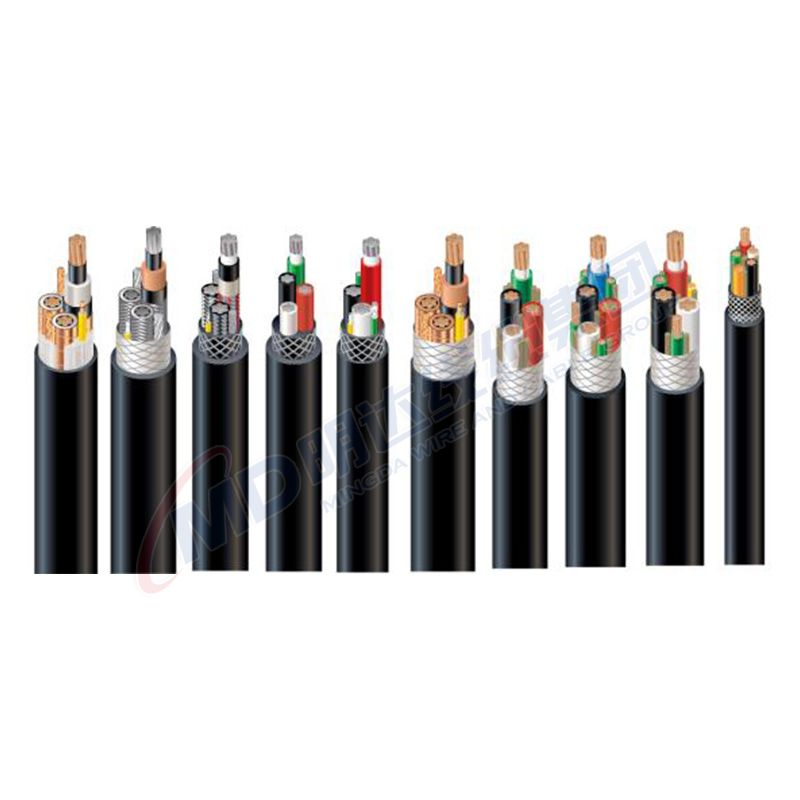Nov . 09, 2024 00:36 Back to list
Air Pressure Regulator Valve for Optimized Performance and Efficiency
Understanding Air Pressure Control Valves
Air pressure control valves are essential components used across various industrial and manufacturing processes, playing a critical role in managing and regulating air pressure in systems where compressed air is utilized. These valves help maintain optimal pressure levels, enhance energy efficiency, and ensure the safety of equipment and processes. Understanding how they work, their applications, and advantages can provide valuable insights for engineers, technicians, and industries relying on pneumatic systems.
What is an Air Pressure Control Valve?
An air pressure control valve is a device designed to regulate the pressure of air in a pneumatic system. It acts as a gatekeeper, allowing for the adjustment of air pressure to specified levels, ensuring that the pressure delivered to different parts of the system remains consistent and within safe operational limits. These valves typically come equipped with a pressure regulator and can include additional features such as filters, gauges, and relief mechanisms.
How Do Air Pressure Control Valves Work?
The functionality of an air pressure control valve is based on the principles of pressure regulation. The valve’s internal mechanism uses a diaphragm or piston that responds to changes in air pressure. When the pressure in the system rises above the desired set point, the valve automatically adjusts to vent some of the excess air, thereby lowering the pressure. Conversely, if the pressure falls below the set point, the valve allows more air into the system to maintain the desired level.
Most air pressure control valves are adjustable and can be calibrated to meet the specific pressure requirements of a given application. Some models may feature electronic controls, enabling precise adjustments and monitoring of pressure levels remotely.
Applications of Air Pressure Control Valves
Air pressure control valves are used in diverse applications across multiple industries, including
1. Manufacturing In factories where pneumatic tools are used, these valves help maintain consistent pressure for tools like air drills, wrenches, and conveyors.
air pressure control valve

3. Automotive In automotive production lines, these valves are essential for painting, assembly, and testing processes that rely on compressed air.
4. Pharmaceutical and Food Industry Here, maintaining precise air pressure is critical for processes such as packaging and bottling, where contamination and variability can affect product quality.
5. Construction Air pressure control valves are used in a variety of pneumatic tools in construction, ensuring they operate effectively and safely.
Advantages of Using Air Pressure Control Valves
1. Energy Efficiency By maintaining optimal air pressure, these valves help reduce energy consumption, leading to lower operational costs.
2. Improved Safety Proper pressure regulation minimizes the risk of equipment failure or accidents caused by over-pressurization, thus enhancing workplace safety.
3. Enhanced Performance Consistent pressure levels improve the overall effectiveness and reliability of pneumatic systems, resulting in better production efficiency and product quality.
4. Customization With adjustable settings, these valves can be adapted to varying needs across different applications, providing flexibility.
5. Reduced Maintenance By preventing pressure spikes or drops, air pressure control valves help in reducing wear and tear on machinery, leading to less frequent maintenance and longer equipment lifespan.
Conclusion
Air pressure control valves may be small components within complex systems, but their role is pivotal in ensuring that pneumatic systems operate efficiently and safely. By regulating air pressure, these valves help optimize performance, enhance safety, and reduce energy costs across a vast array of industries. As technology advances, the features of air pressure control valves continue to evolve, offering even greater precision and automation that can further boost operational effectiveness. Understanding this critical component allows businesses to implement better air management strategies, ultimately leading to more productive and safer work environments.
Share
-
Reliable Wafer Type Butterfly Valves for Every IndustryNewsJul.25,2025
-
Reliable Flow Control Begins with the Right Ball Check ValveNewsJul.25,2025
-
Precision Flow Control Starts with Quality ValvesNewsJul.25,2025
-
Industrial Flow Control ReliabilityNewsJul.25,2025
-
Engineered for Efficiency Gate Valves That Power Industrial PerformanceNewsJul.25,2025
-
Empowering Infrastructure Through Quality ManufacturingNewsJul.25,2025


